South India is a region of breathtaking landscapes, ancient temples, and cultural richness. But beyond its serene backwaters and temple towns lies another heritage treasure: the mighty forts. Built across centuries by dynasties, sultans, and colonial rulers, these forts tell tales of valor, politics, and architectural genius.
Here’s a deep dive into 10 of the most iconic forts in South India every history lover must explore:
Golconda Fort – Hyderabad, Telangana
Golconda Fort is one of the grandest forts in India and a true symbol of medieval engineering brilliance. Spread over 11 kilometers, it was the capital of the Golconda Sultanate and played a central role in the diamond trade—the Koh-i-Noor, Hope Diamond, and Regent Diamond are all believed to have been mined here. The fort is best known for its ingenious acoustic system: a clap at the entrance can be heard clearly at the highest point, nearly a kilometer away, used as a signaling mechanism. Visitors can explore its massive bastions, Fateh Darwaza (Victory Gate), royal chambers, mosques, and secret tunnels. The evening light-and-sound show brings alive the stories of its past rulers.
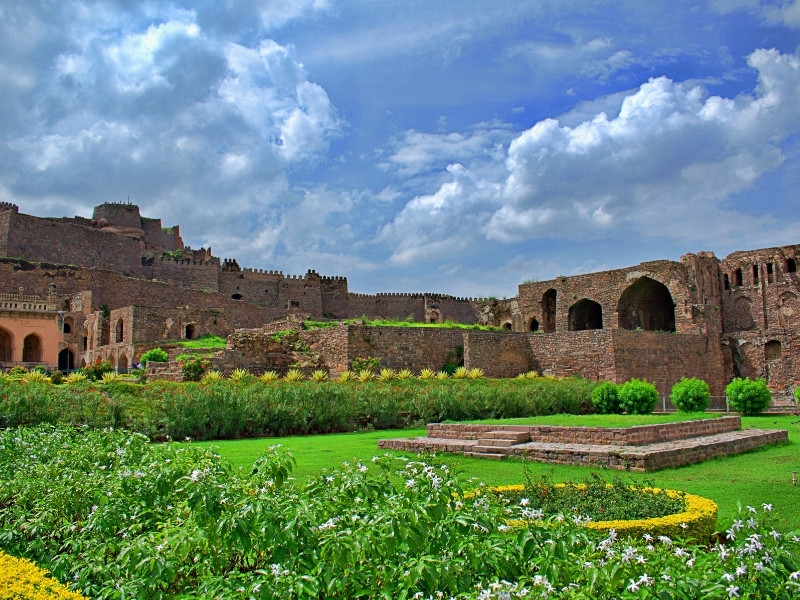
Chitradurga Fort – Karnataka
Known as the “Fort of Seven Circles,” Chitradurga Fort is spread across seven concentric walls and 19 gateways, blending seamlessly into the rocky landscape of Karnataka. Built between the 11th and 18th centuries, it showcases the engineering excellence of the Nayakas of Chitradurga. The fort is a mix of granaries, water reservoirs, temples, and watchtowers. One of its most legendary tales is that of Onake Obavva, a courageous woman who defended the fort by killing invading soldiers with a pestle at the secret “kindis” (small crevice entrance). Today, her bravery is celebrated across Karnataka, and her spot within the fort is a major attraction.
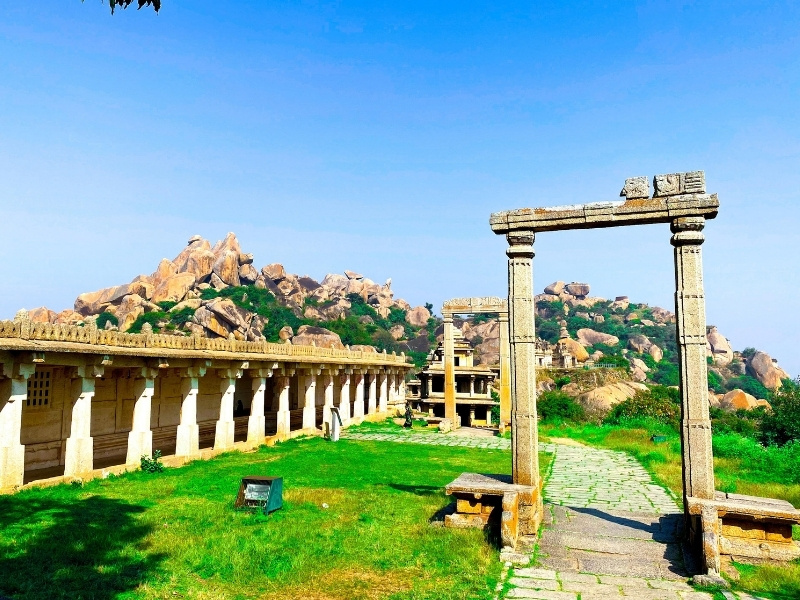
Vellore Fort – Tamil Nadu
Constructed in the 16th century by the Vijayanagara rulers, Vellore Fort is one of the best-preserved forts in Tamil Nadu. Surrounded by a massive moat (once filled with crocodiles), it is an architectural marvel built with granite blocks. Inside, the fort houses the Jalakandeswarar Temple with intricate carvings, a mosque built during the rule of the Nawabs of Arcot, and St. John’s Church from the British era—showcasing religious inclusivity. Historically, it was the site of the Vellore Sepoy Mutiny of 1806, considered the first large-scale military rebellion against the British East India Company, decades before the famous 1857 revolt.
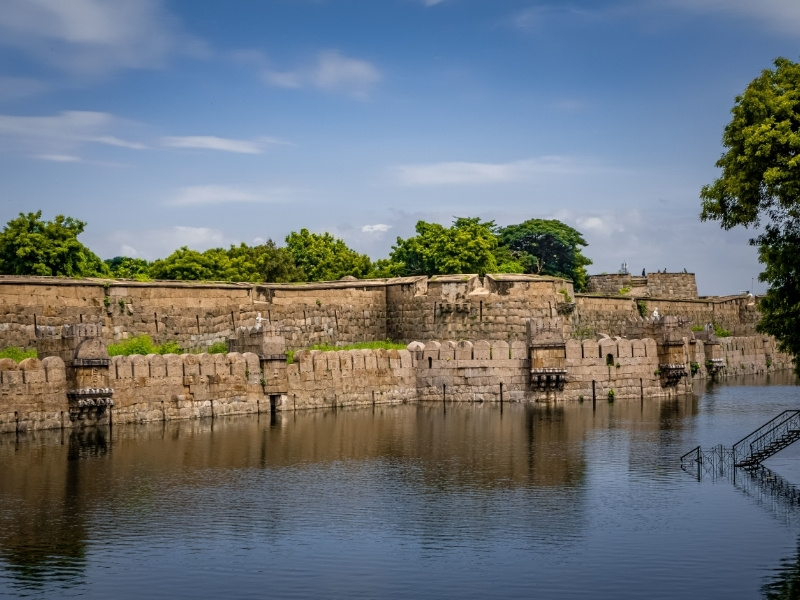
Bekal Fort – Kerala
Bekal Fort, the largest fort in Kerala, is a scenic masterpiece built in the 17th century by Shivappa Nayaka of Keladi. Located in Kasaragod, it has a keyhole-shaped design that offers panoramic views of the Arabian Sea. Its sea-facing bastions and underground tunnels made it a stronghold against sea-borne invasions. Unlike many other forts, Bekal was primarily built for defense and does not contain palaces. Today, it’s one of Kerala’s most photographed sites, especially at sunset. Its cinematic appeal has also made it a favorite shooting location for films, most famously in A.R. Rahman’s song “Uyire” from the movie Bombay.
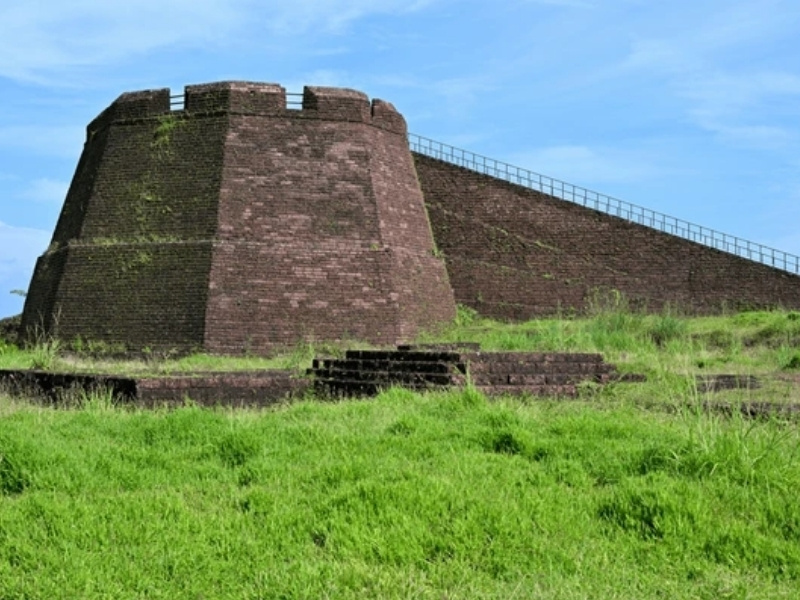
Gingee Fort – Tamil Nadu
Spread across three hills—Rajagiri, Krishnagiri, and Chandrayandurg—Gingee Fort is often described as the “Troy of the East.” Originally built by the Chola dynasty and later strengthened by the Vijayanagara rulers, it was considered so impregnable that even the great Maratha king Shivaji was in awe of it. The fort complex includes seven gates, citadels, granaries, temples, and marriage halls. British General Robert Clive famously called it “the most impregnable fortress in India.” Today, though partly in ruins, Gingee remains a fascinating site with breathtaking views and a sense of grandeur.
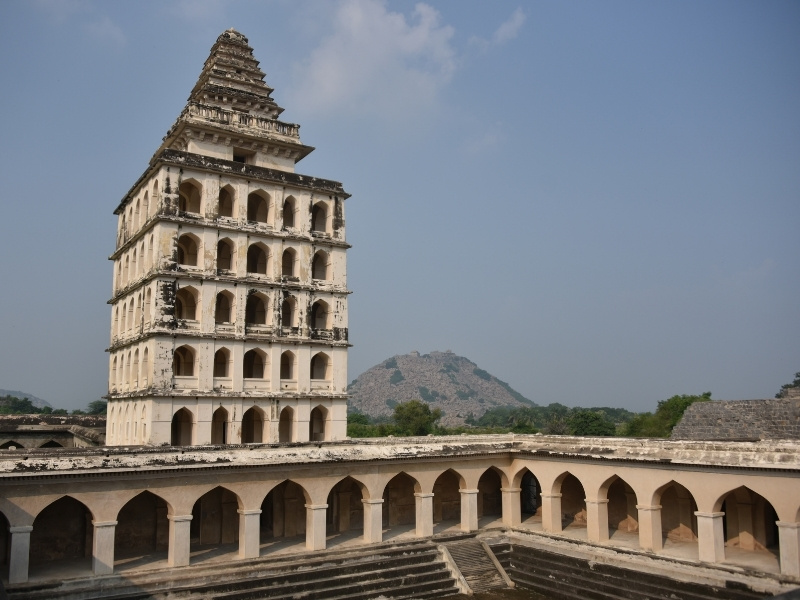
Bidar Fort – Karnataka
Built by Sultan Ahmad Shah Wali Bahman of the Bahmani Sultanate in the 15th century, Bidar Fort is one of the most architecturally refined forts in South India. It has 37 bastions, 7 gates, and over 30 monuments within its massive walls. The Rangin Mahal, with its Persian-style tile work, wooden carvings, and mother-of-pearl inlay, is a highlight for visitors. The fort also houses mosques, palaces, and audience halls, blending Persian and Indian architectural styles. It played a strategic role in the Deccan’s history and was at the center of Bahmani power. Even today, it remains a cultural and heritage hub of Karnataka.
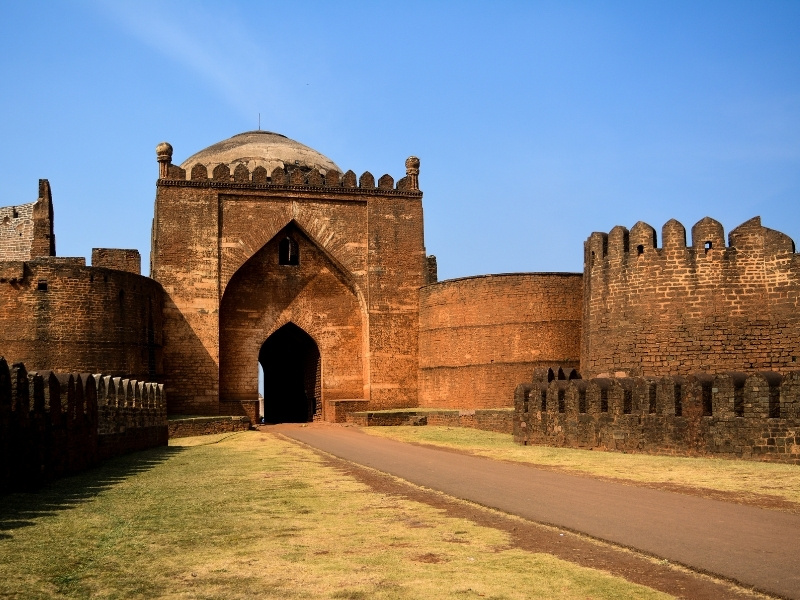
St. Angelo Fort – Kannur, Kerala
Built in 1505 by the first Portuguese Viceroy, Dom Francisco de Almeida, St. Angelo Fort is an impressive triangular sea fort located along the Arabian Sea. Over time, it changed hands from the Portuguese to the Dutch and finally to the British. The fort still preserves its laterite stone walls, bastions, and watchtowers. From here, you get commanding views of the sea, the Mopilla Bay, and Dharmadom Island. With its cannons still pointing toward the ocean, St. Angelo Fort is a reminder of Kerala’s maritime history and colonial encounters.
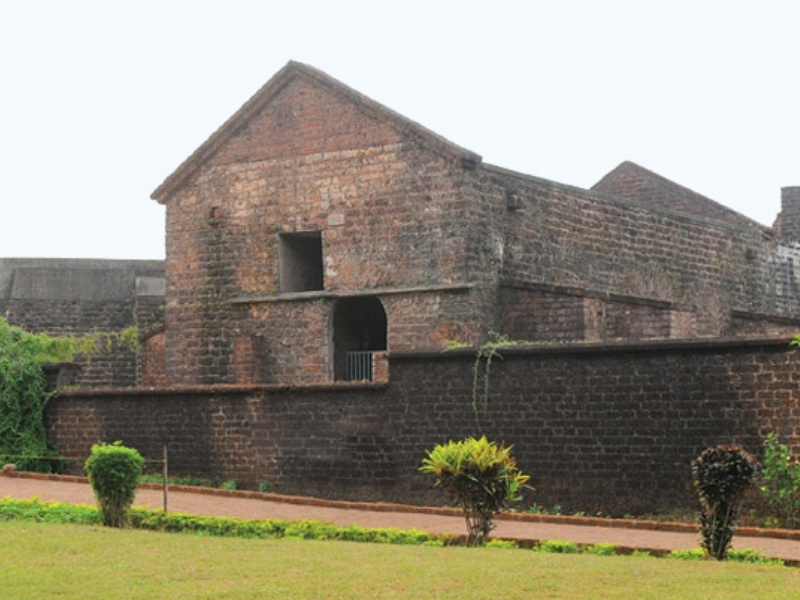
Srirangapatna Fort – Karnataka
Located on an island formed by the Kaveri River, Srirangapatna Fort was the stronghold of Tipu Sultan, also known as the “Tiger of Mysore.” Built by the Vijayanagara rulers and later fortified by Hyder Ali and Tipu, it became the center of fierce battles during the Anglo-Mysore Wars. Within the fort are the Sri Ranganathaswamy Temple, Daria Daulat Bagh (Tipu’s summer palace), and Colonel Bailey’s Dungeon, where captured British officers were imprisoned. The fort’s walls still bear scars from the Siege of Srirangapatna in 1799, when Tipu Sultan was killed, marking a decisive moment in Indian history.
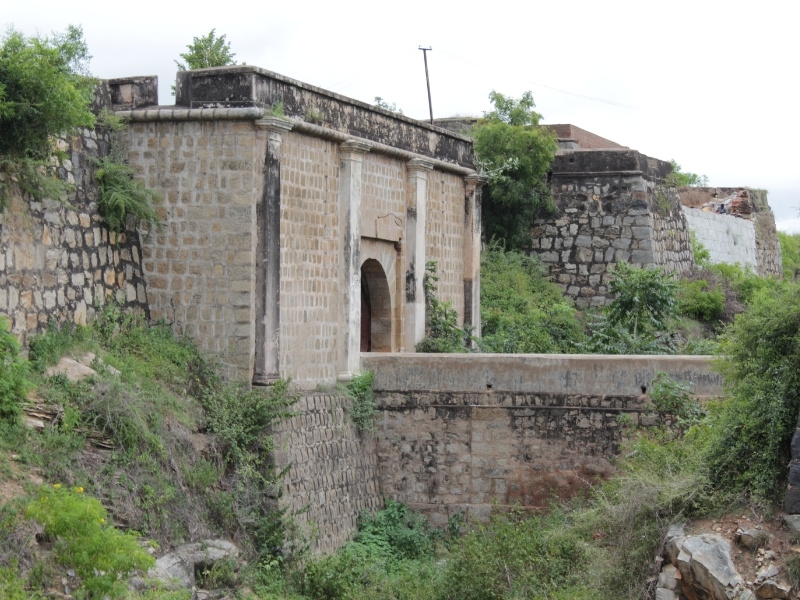
Palakkad Fort – Kerala
Also known as Tipu’s Fort, Palakkad Fort was originally built in 1766 by Hyder Ali, the ruler of Mysore, and later renovated by the British. It is one of the best-preserved forts in Kerala and is surrounded by lush greenery and an expansive ground known as the “Kotta Maidanam.” The fort’s thick laterite walls, bastions, and watchtowers reflect Mysorean military architecture. Today, it serves not just as a historical landmark but also as a cultural hub, with exhibitions, fairs, and public gatherings often hosted in its sprawling grounds.
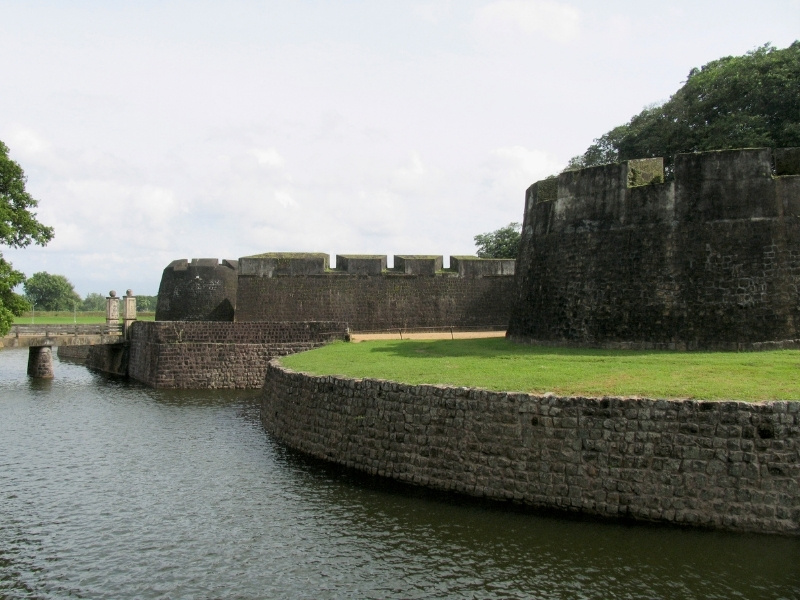
Manjarabad Fort – Karnataka
Built in 1792 by Tipu Sultan, Manjarabad Fort is unique for its eight-pointed star-shaped design, inspired by French military architecture. Located near Sakleshpur at 3,240 feet above sea level, it was strategically placed to monitor the British movement from Mangalore. The fort, made of granite and lime mortar, has underground tunnels and water tanks. Today, it offers panoramic views of the Western Ghats and is a popular stop for travelers heading to Coorg or Chikmagalur. On a clear day, the Arabian Sea can even be spotted from its ramparts.
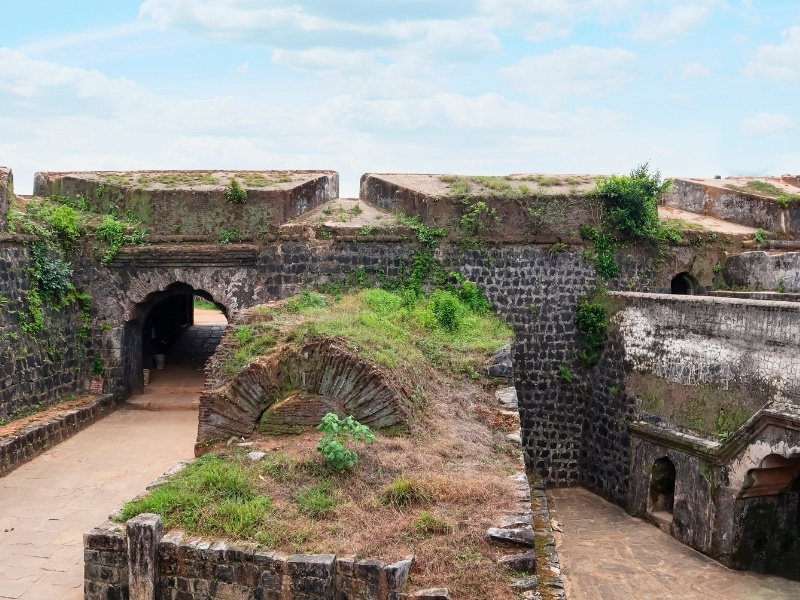
Final Thoughts
South India’s forts are more than stone walls—they are living chronicles of empires, warriors, and visionaries. From Golconda’s acoustics to Manjarabad’s star-shaped marvel, each fort carries a story of resilience and grandeur. Visiting them is not only about sightseeing but also about immersing yourself in centuries of history.
Whether you’re a historian, architecture enthusiast, or simply a curious traveler, these 10 forts are must-sees that will transport you back in time.

